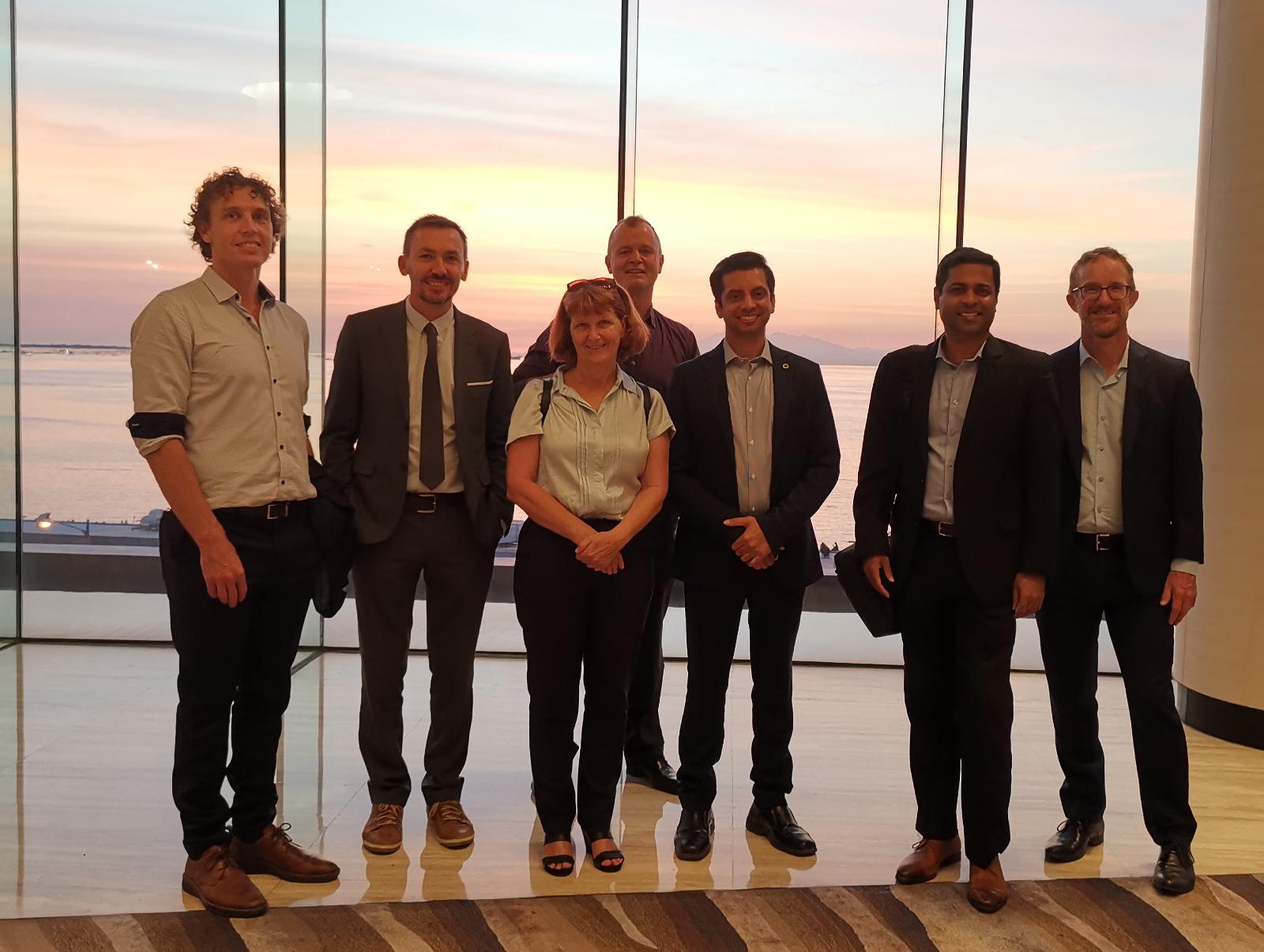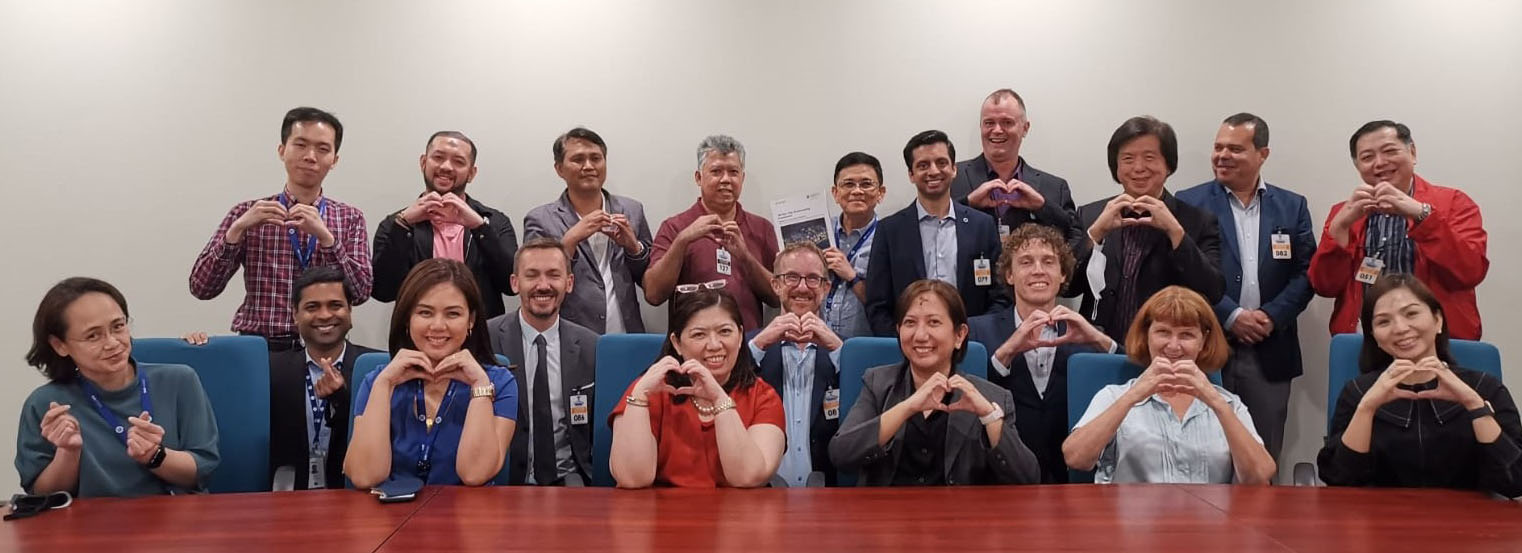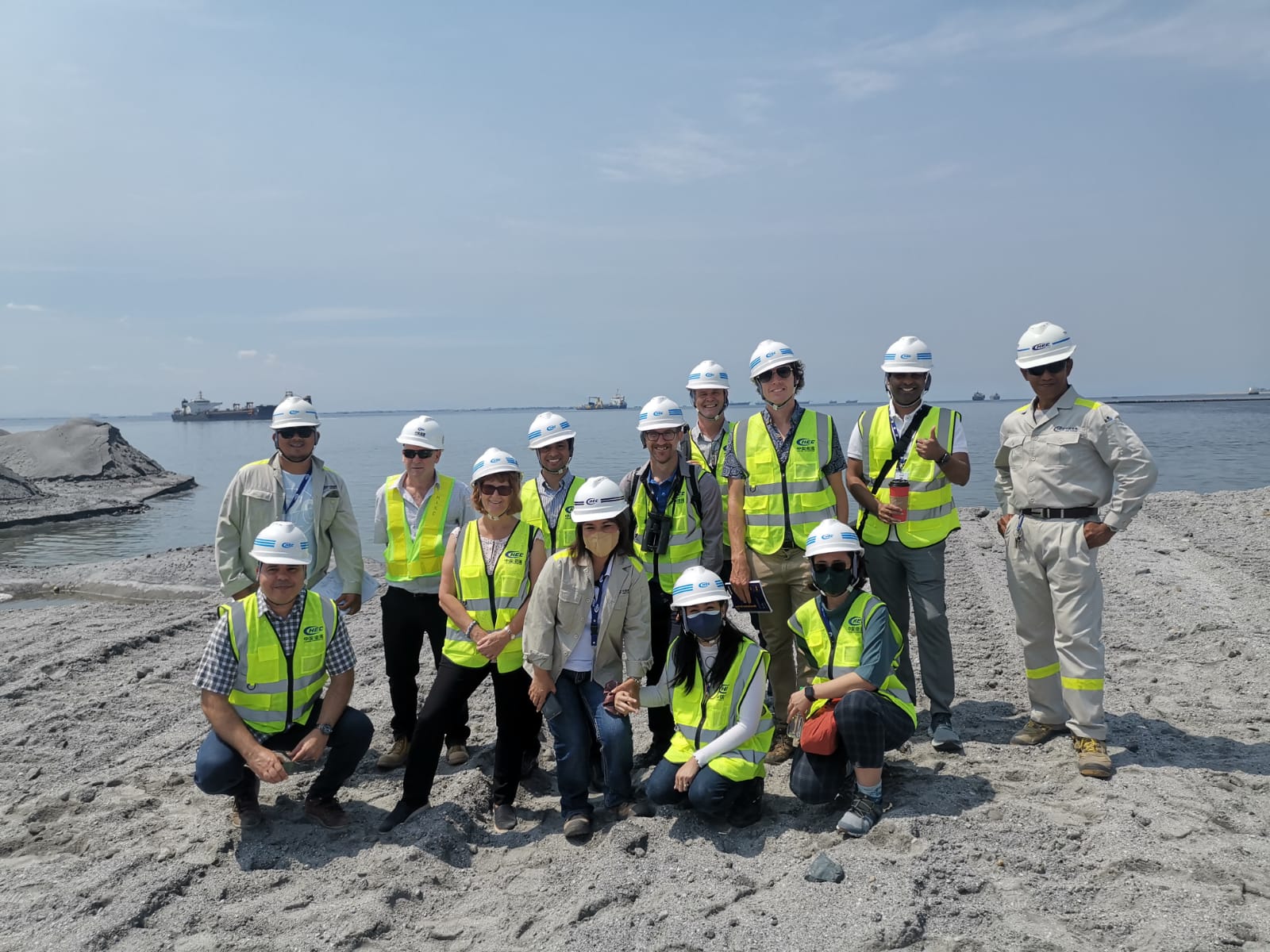This Framework established a vision and identified pathways for SM Prime to achieve sustainability outcomes in the SM Bay City development in Manila Bay. The framework was developed by The University of Queensland in close collaboration with SM, Pasay City Government, and the Philippine Reclamation Authority.
ABOUT
An interdisciplinary research team guided the development of a 360-hectare ‘Smart City’ in Manila Bay, the Philippines. Addressing challenges such as wastewater recycling, transport management, disaster resilience and energy efficiency, the SM Bay City Sustainability Framework project established a compelling vision and sustainability principles for the city.
Dr Ray Maher and CPF's Associate Professor Pedro Fidelman, co-led the project in conjunction with SM Prime, one of the largest developers in South-East Asia. The 15-person team included CPF researchers, and collaborators from six Schools and Institutes across UQ.

urban sustainability, including built form, transport, water, biodiversity, materials and energy.
The city, forecast to be home to 300,000 people and include schools, retail offerings and tourist facilities, aimed to meet the Philippine’s aspirations for more sustainable living. The framework’s overall vision described a city where ‘people and nature thrive together,’ ‘residents prefer public and active transport,’ ‘much water is sourced locally and delivered through carbon neutral water systems,’ ‘naturally ventilated buildings adapt to the tropical climate and overcome floods,’ and ‘intelligent energy systems maximise renewable energy’. The Framework recommended a suite of pest-practice strategies to achieve this vision.
The SM Bay City Sustainability Framework was organised around the core themes of transport, water, biodiversity, built form, energy, and materials and waste. The framework’s recommendations guided the many components of the city’s development, such as the masterplan, infrastructure plans and urban design guidelines.

KEY OUTCOME
The project harnessed the experience and expertise of several leaders in a range of interdisciplinary areas, including architecture, urban planning, engineering, urban water systems, energy systems, environmental management and sustainability science. Accordingly, research methodologies used for the development of the framework were interdisciplinary and coordinated through an agile approach to maximise outcomes within a short timeframe.

Maher, Ray, Ahmad, Mubeen, Fidelman, Pedro, Franks, Daniel, Fuller, Richard, Hyland, Peter, Junior, Patrick, Kenway, Steven, Ly, Leo, Molyneaux, Lynette, Sharma, Rahul, Sipe, Neil, Sochacka, Beata, Sockhill, Nicola, and Webster-Mannison, Marci (2023). SM Bay City - Sustainability Framework: pathways for achieving sustainability outcomes in Manila Bay. Manila, The Phillipines: SM Prime.
